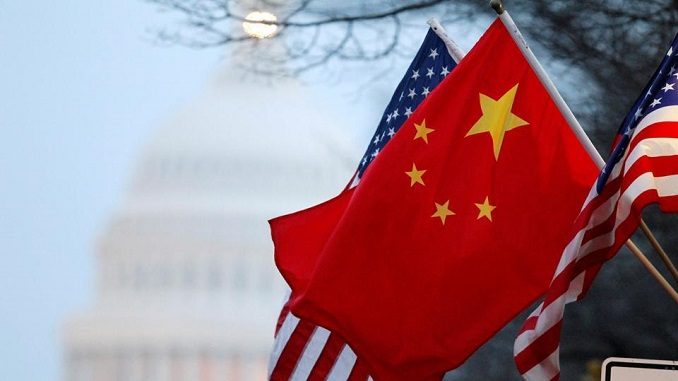
The United States sees India as one of its most important partners in dealing with China’s growing ambitions in the Indian Ocean region and the Biden administration has demonstrated that early on, experts told CNBC on Monday.
U.S. Secretary of Defense Lloyd Austin met with India’s Defense Minister Rajnath Singh over the weekend on his first foreign trip in the role as the two sides concluded talks on defense cooperation. Austin also visited Japan and South Korea last week, Washington’s closest military allies in Asia.
“It’s important that the secretary of Defense has made a trip to India on his first trip to Asia, along with Japan and South Korea,” Dhruva Jaishankar, executive director at think tank Observer Research Foundation America, said on CNBC’s “Squawk Box Asia.”
Jaishankar also said the Biden administration’s investment in the Quad — the informal strategic alliance between the U.S., India, Australia and Japan — is equally important.
Austin called India an “increasingly important partner among today’s rapidly shifting international dynamic,” saying the bilateral relationship is a “stronghold of a free and open Indo-Pacific region.”
Beijing has significantly expanded its engagements in the Indian Ocean over the last three decades and has been especially active since 2008. A Brookings Institution report last June said American and Indian strategists are worried about China’s growing naval presence as well as its use of “debt-trap diplomacy,” which could provide Beijing with military advantages.
China set up its first overseas military base in Djibouti in the Horn of Africa in 2017 and has invested in developing, managing or acquiring strategically located ports in countries surrounding India, including Pakistan, Sri Lanka and Myanmar.
There is a growing Chinese presence in the Indian Ocean region,” said Arun Singh, a former Indian ambassador to the United States. He told CNBC’s “Street Signs Asia” on Monday, “India has to work to safeguard its interests and security. So, the way they’re doing that is one, building up its own naval capacity and then building up partnerships with other countries.”
India’s navy has also increased its patrols over the last few years as New Delhi has taken a much more activist approach to humanitarian assistance and disaster relief across the Indian Ocean region, according to ORFA’s Jaishankar.
As China and India more frequently bicker over the area, there is bound to be some natural convergence between New Delhi and Washington, he said. While it is not as significant as its presence in the Pacific Ocean, the United States does have a permanent presence in the Indian Ocean region through military bases in the Middle East, Djibouti and Diego Garcia island, which is part of the British Indian Ocean Territory, Jaishankar explained.
The U.S.-India relationship has developed in “significant leaps and bounds” over past years, in part driven by shared concerns about China, according to Jaishankar.
“We are at a stage where, while they are not allies, the U.S. and India conduct a significant number of military exercises between themselves and with other partners involving all three military services,” he said. That includes a trilateral naval exercise between the U.S., Japan and India called the Malabar games. Last year, New Delhi also invited Australia to participate.

Be the first to comment